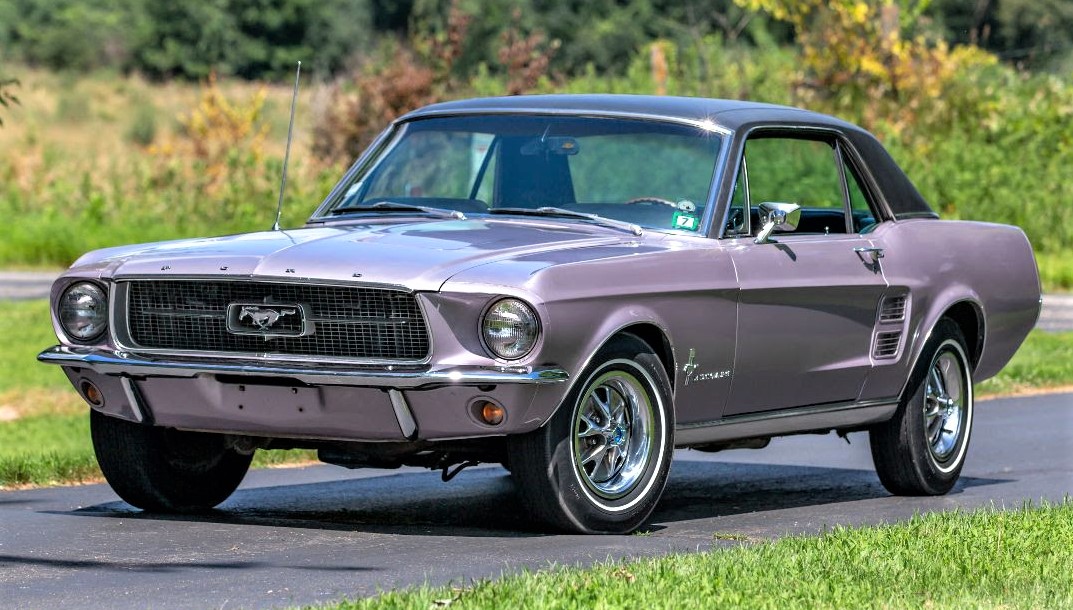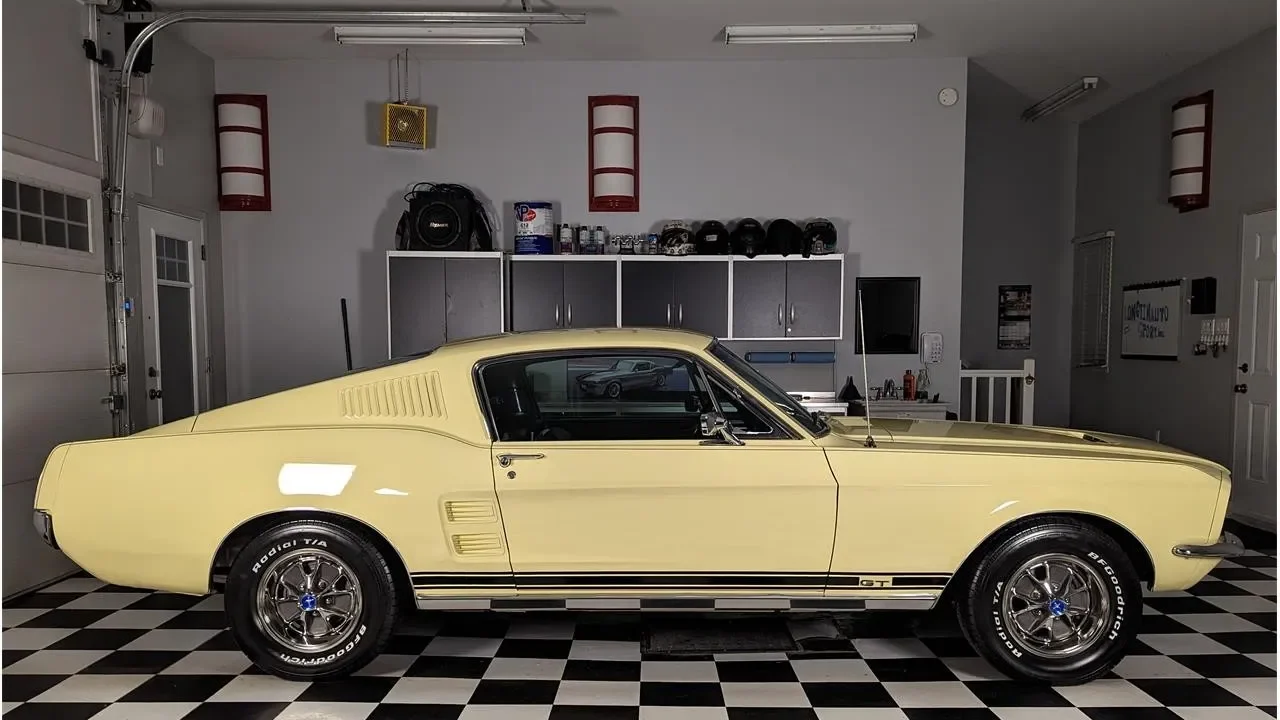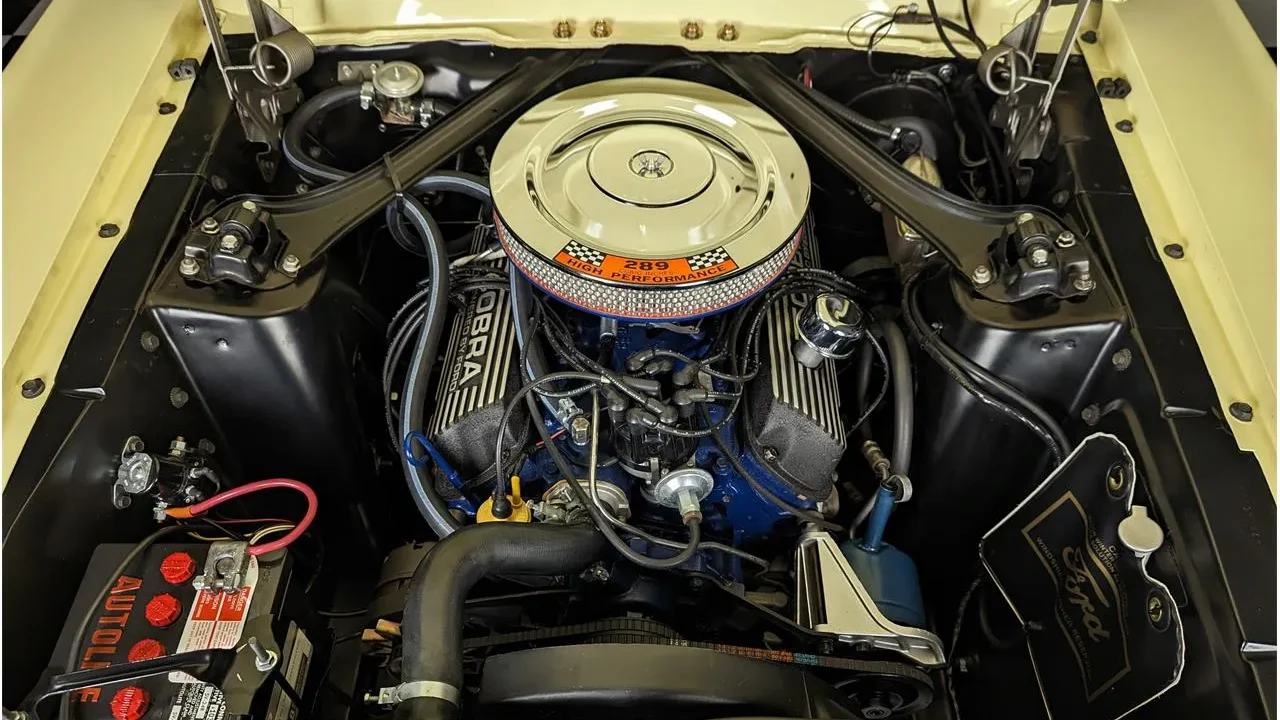The 1967 Ford Mustang was the first redesign of the hottest car on the planet. When the updated version debuted on September 30, 1966, the Mustang had been in production for only 29 months, but the sporty compact with wide-ranging appeal that transcended age, class, and gender had quickly became the darling of America. What was the 1967 Mustang like out of the gate? Adrian Clements and his Yours in old FoMoCo iron… YouTube channel shows us.
Nineteen sixty-seven was the model year when the Chevrolet Camaro and Pontiac Firebird were introduced. New competitors spelled a first-time challenge for the Mustang, but luckily for Ford, it had a redesigned pony car ready to do battle with its rivals from General Motors, if not the redesigned Barracuda. Ford had prepared the new Mustang to handle them on its own terms, which meant the Mustang was huskier and now featured a big-block as a legitimate option for the first time.

The 1967 Mustang was available in three body styles like before: Hardtop, 2+2 Fastback, and Convertible. Within these three body styles, the Mustang could be furnished with the standard bucket seats or optioned with the Luxury bucket seats or bench seat. All Shelby models featured Luxury bucket seats.
These cars were built in one of three assembly plants: Dearborn, Michigan, San Jose, California, or Metuchen, New Jersey. Believe it or not, Metuchen produced more of the 472,121 total cars built than either of the other two plants by almost 60,000 units.

The engine roster for 1967 was a bit of familiar and a bit of new. A 120-horsepower 200ci inline-six was lowest on the totem pole, with a 200-horse 289-2V being the base V8. Opt for the four-barrel on the 289 and you’d get 225 horsepower. Performance options started with the new 390 Thunderbird V8, which offered 320 horsepower and 427 lb-ft of torque. That may seem like the top option, but the 289-4V High Performance was the priciest. Like before, it still put out 271 horsepower, and it required the GT package. This package was available with any V8 and, when paired with an automatic transmission, was called the GTA, as Ford liked touting the sophistication of SelectShift, which allowed the driver to shift manually. (It’s also worth mentioning Ford offered a 289-2V that featured lowered compression for export markets, of which 208 were built.)

Transmission availability was dependent on the engine. A three-speed manual was the standard gearbox for all engines but the Hi-Po. A four-speed manual was available for all V8s save the Export 289, though they all were wide-ratios for everything except the 289 Hi-Po, which received a close-ratio unit. Automatics ranged from the C4 for all small-blocks (including the 289 Hi-Po, which first became available with an automatic in 1966), while the 390 was available with the heavier-duty C6. All transmission selectors were on the floor, not the column.
Kick back and relax while Adrian Clements shows us what made the 1967 Ford Mustang special. And if you like this video, you can view more at The ClassicCars.com Journal.


